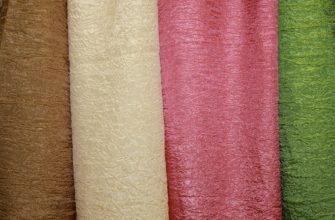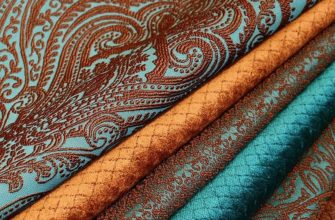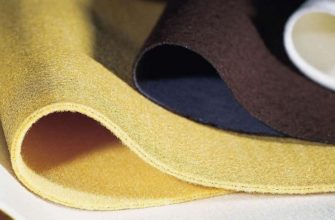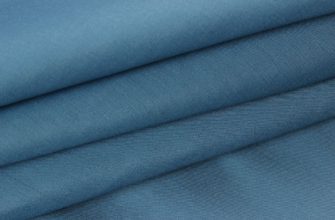Teak fabric appeared several centuries ago and was originally intended to be produced exclusively from natural cotton and flax fibers. Its distinctive feature is its high density. Previously, teak was used to make corsets and shoes, and nowadays it is used for pillowcases, mattress covers, etc.
Fabric features
The material is obtained by plain or twill weaving. Tick itself is considered a natural fabric. Despite its density, the material is quite soft to the touch. Its surface can be either smooth or ribbed. Tick fabric is most often used to sew pillowcases, blankets, and mattresses.
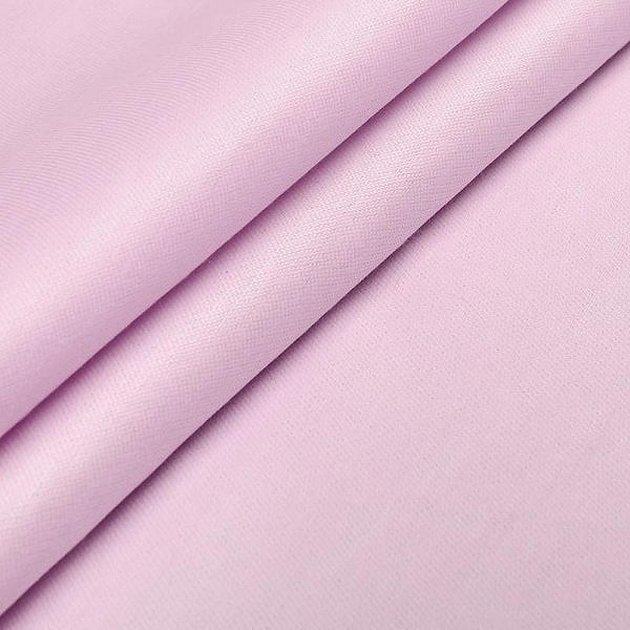
The fabric is often confused with poplin or satin, but unlike them, teak has no shine and is much stronger. This is especially important for products made of feathers or down, so that the filler stays better inside.
At the time of its appearance, teak was only available to wealthy people, but over time, its production volumes increased greatly and the fabric became available to all segments of the population.

Characteristics, composition and description
The first fabric with a dense structure was made from flax and was called kutit or zatrapeza. The first came from the French "mattress", and the second from the surname of the merchant who began to produce this material. Times changed, and the name "tick" came into the world. Some say it came from Dutch, some from English, but the origin of the word is definitely European.

Note: The first products made from this fabric were underwear and corsets for noble ladies. Then shoes began to appear, which can still be seen in museums. Natural linen fabrics were a great luxury, so they were worn only for big events. Over time, teak began to be made from cotton.
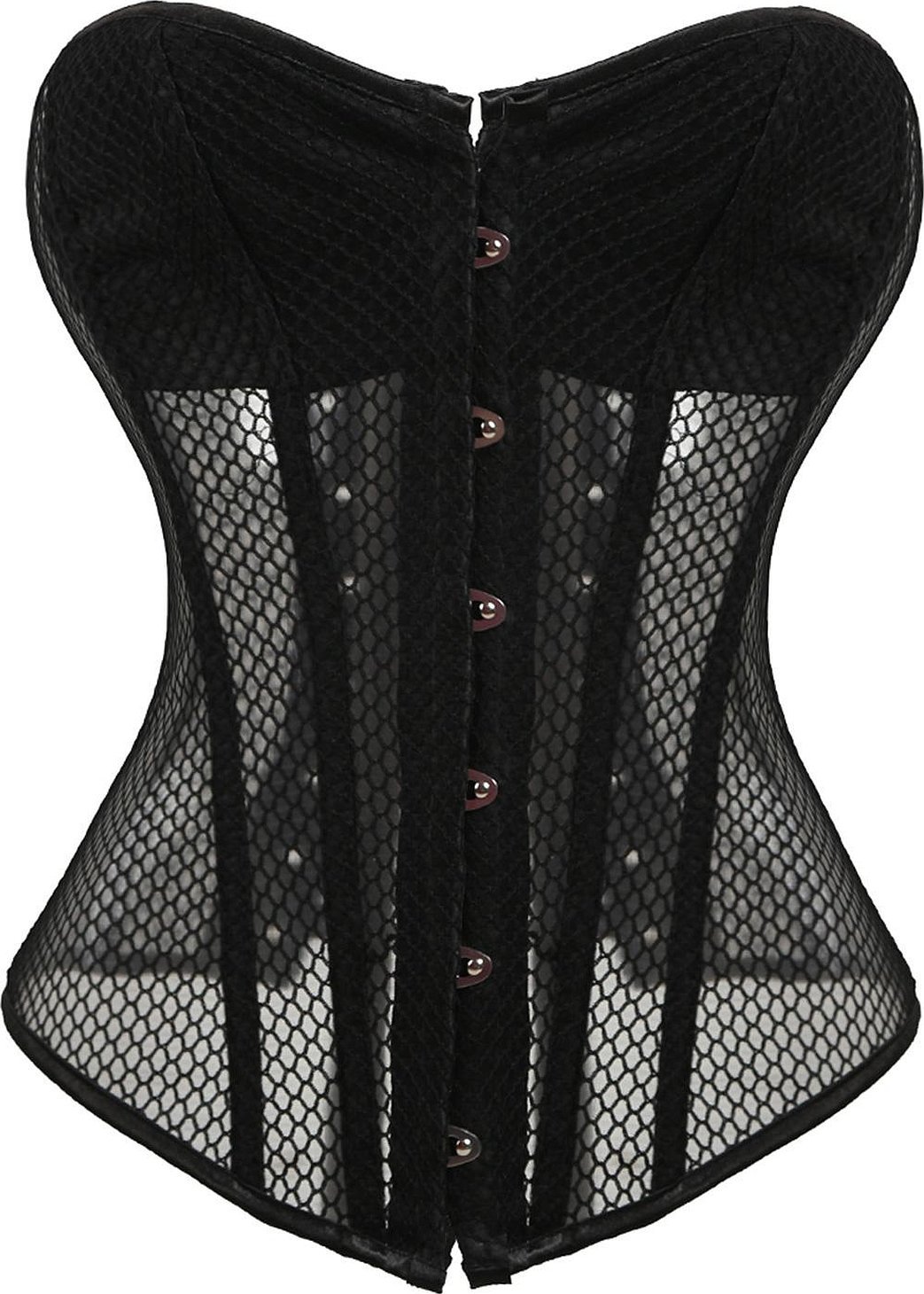
In the modern world, many variations of the material have appeared, but only natural fibers are still used. Existing types of weave:
- twill - a rib is visually visible on the fabric;
- linen - produces a smooth, pleasant material;
- satin - this type of weave is considered to be the first of those that appeared, but is now practically not used.
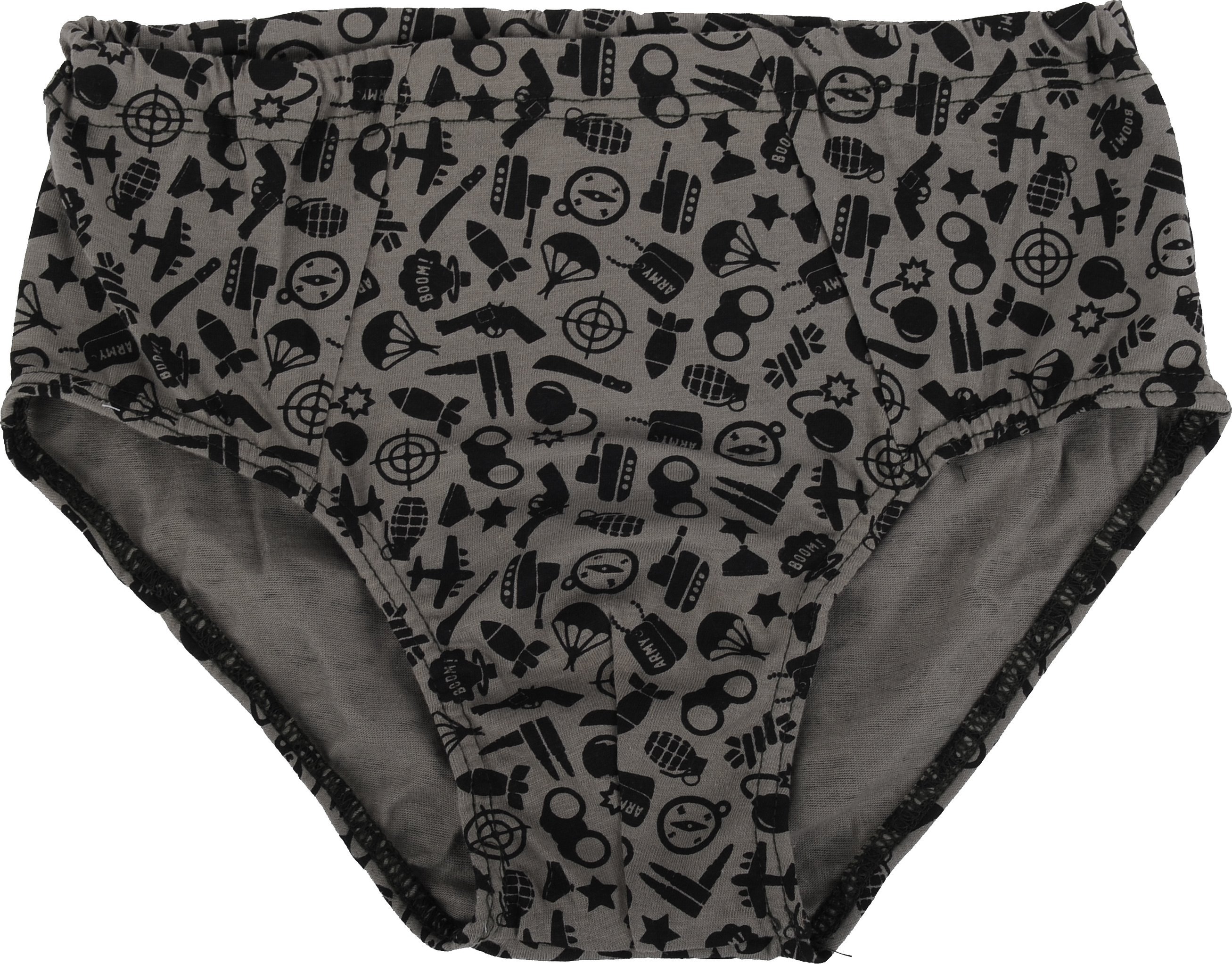
The most important characteristic of the teak material is its high density - 140 g/m2-160 g/m2. It is the density that determines how the fabric will be used:
- low density is used for products that must be thin and delicate - curtains, drapes, bedding, clothing (usually work clothing);
- medium density is ideal for pillowcases and mattress covers;
- High density is well suited for mattress pads, test covers, furniture covers and even blinds (for example, Roman blinds).
High-density fabric is also used to make feather or down blankets and pillows, but in this case it is impregnated with special agents that protect the inner material and prevent it from coming out.

Also, depending on the area of application, teak material is painted in different ways:
- plain dyed - clothing (for regular special use) is dyed in white or black teak, the rest is dyed in light tones;
- variegated - an interesting type of dyeing that is obtained when the fabric is initially woven from threads of different colors (usually the resulting pattern is in the form of long stripes, squares or herringbones);
- printed (printing on canvas) - this method produces canvases with various interesting patterns that are applied to already woven canvas; most often, this method is used to dye bed linen.
By the way, the fabric lends itself very well to dyeing. 100% cotton fabrics are always dyed white (this may be the answer to the question, what color is ticking?).
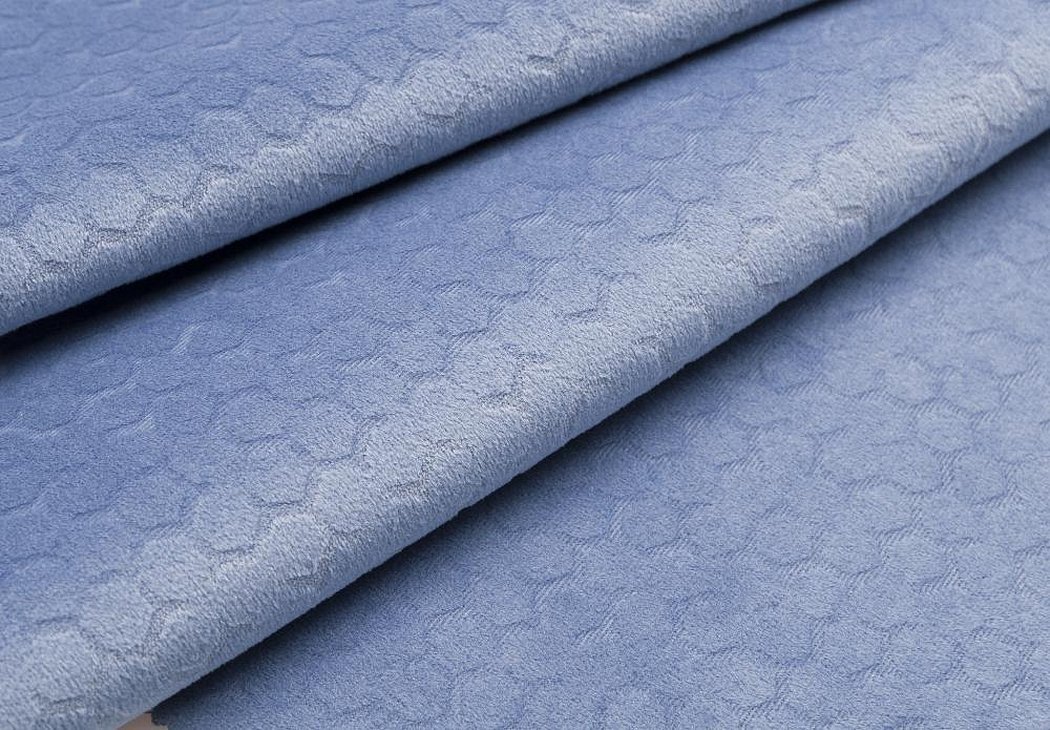
As for the composition of teak, as mentioned above, it is predominantly a natural fabric that can be obtained from fibers:
- cotton;
- flax;
- hemp.
Despite the statement about naturalness, GOST 7701-93 states that the production of fabrics with a mixed composition is permissible, but with one condition - the cotton content must be at least 50%.
What is ticking fabric? This is a fabric in which the most popular composition is 100% cotton. It turns out to be the softest and most pleasant to the touch, and impregnation is often used to improve the properties. However, this is not always good, because air permeability decreases, and the requirements for caring for products are more delicate.
Note: Polyester is needed to produce synthetic fabric. This is used to sew blanket covers and also uses a special impregnation.
The density of teak in general can reach 200 g/m2, but GOST allows for an error here too, but no more than 5%.
Types of fabrics and their properties
Types of fabrics and their properties are determined based on the fibers they are made from. If you look at the main characteristic - density, then tick is divided into:
- curtain (140-150 g/m2) - despite its density, the fabric is extremely pleasant to the touch, so it is often used for products that come into contact with the body (workwear, bed linen and other home textiles) and for curtains;
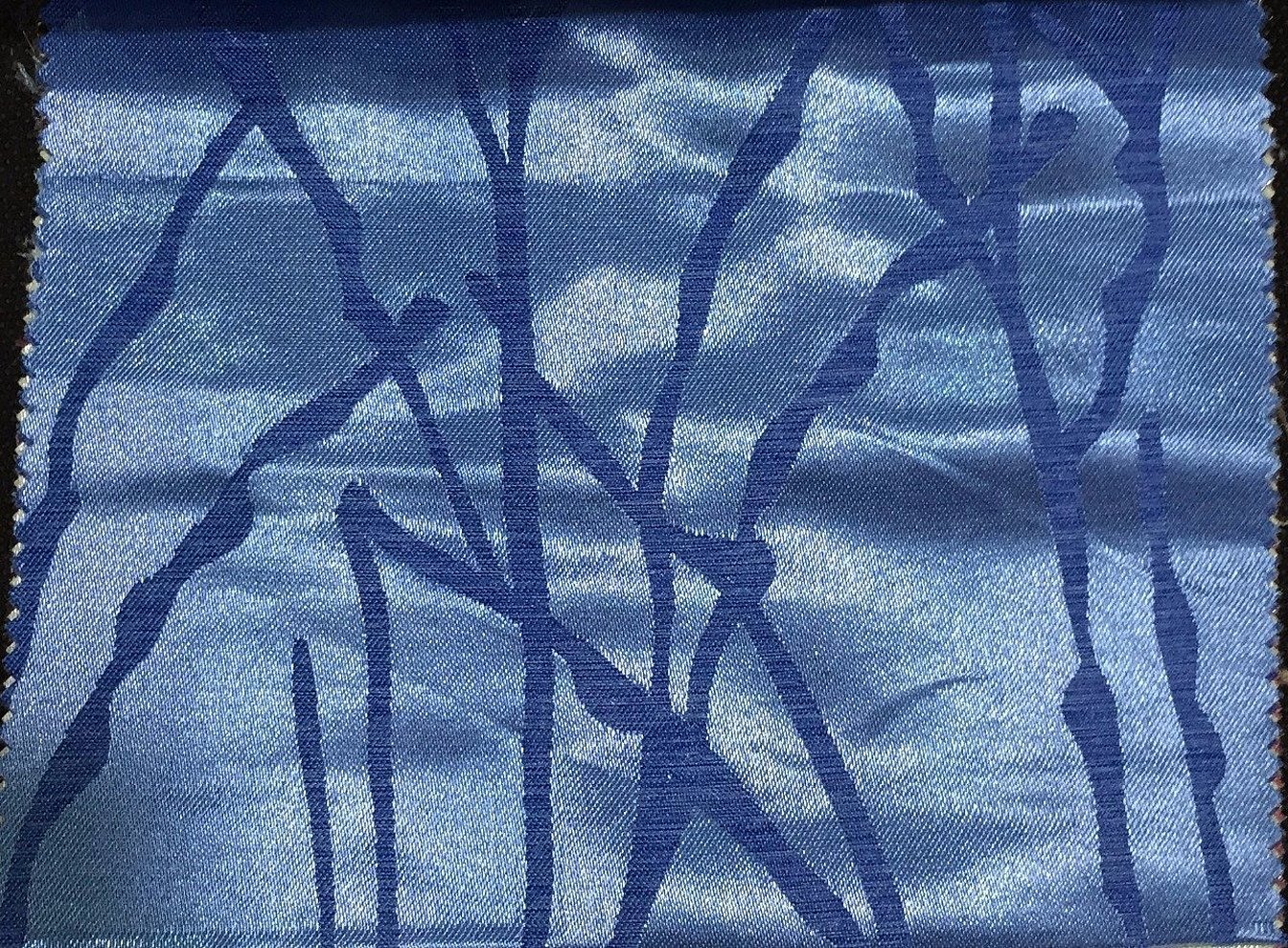
- pillowcase (140-160 g/m2) - a frequently used material (soft and pleasant) for sewing pillowcases, blanket covers, decorative pillowcases;
- mattress (160-200 g/m2) - a fairly dense and rigid type, which is classified as a harsh fabric and is used for sewing awning products, tents and mattress covers.

The cost of the fabric depends on its density. The denser it is, the more expensive it is.
Which is better: teak or polyester
If we talk about the difference between teak and polyester, we can highlight the main differences:
- Since teak is a natural fabric, it has all their positive properties: eco-friendliness, hypoallergenicity, breathability. Polyester, as a rule, cannot boast of these points.
- Polyester has always been a more durable and wear-resistant material.
- Polyester is a brighter material that can easily be printed with colorful prints that are sure to please the eye.
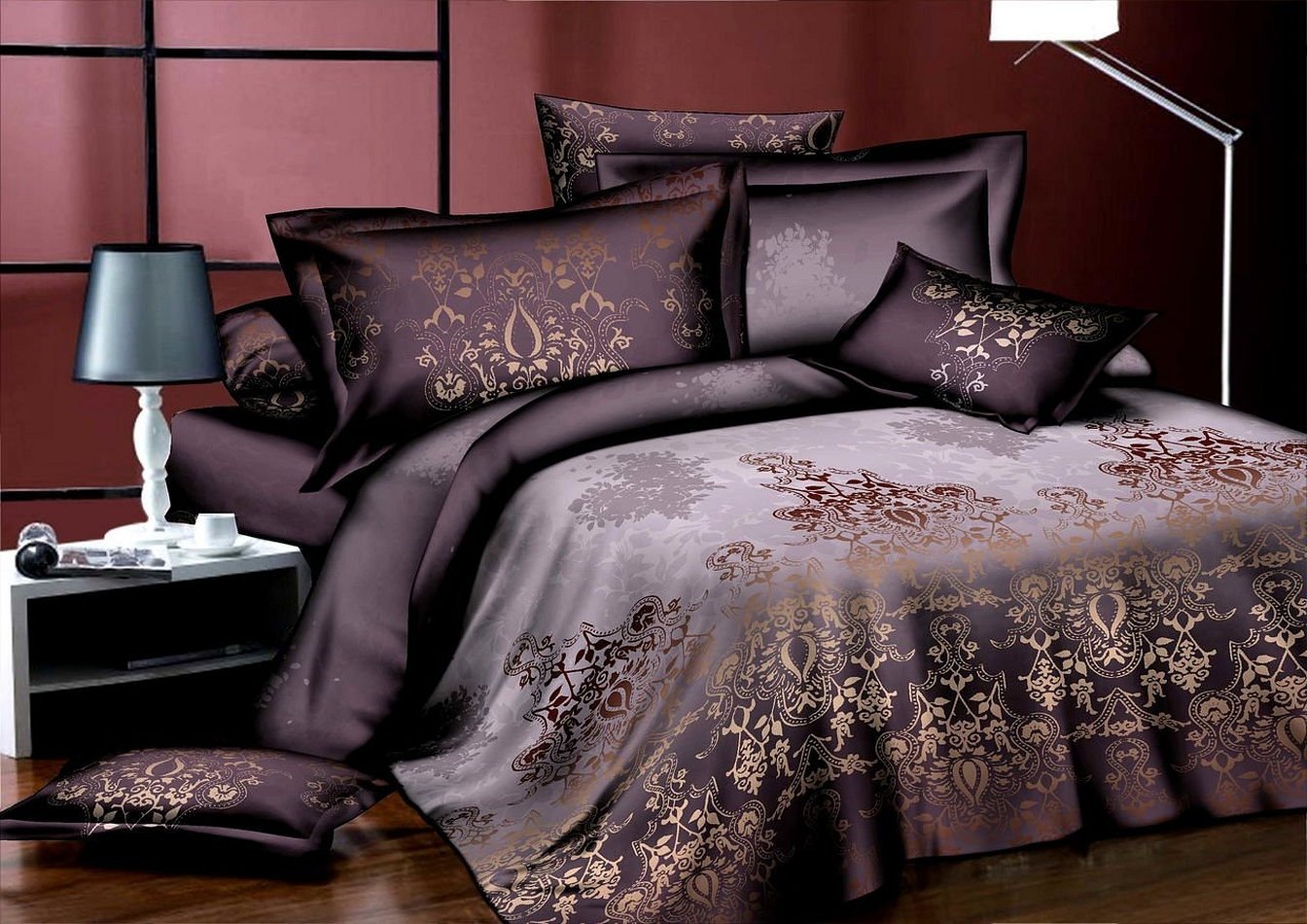
If the product comes into contact with the body, then the choice should definitely be made in favor of teak - it is pleasant when in contact with the skin, allows it to breathe and absorbs moisture well. If you need a bright product that can serve almost forever (for example, a decorative pillow, a mattress pad), then you can look at polyester.
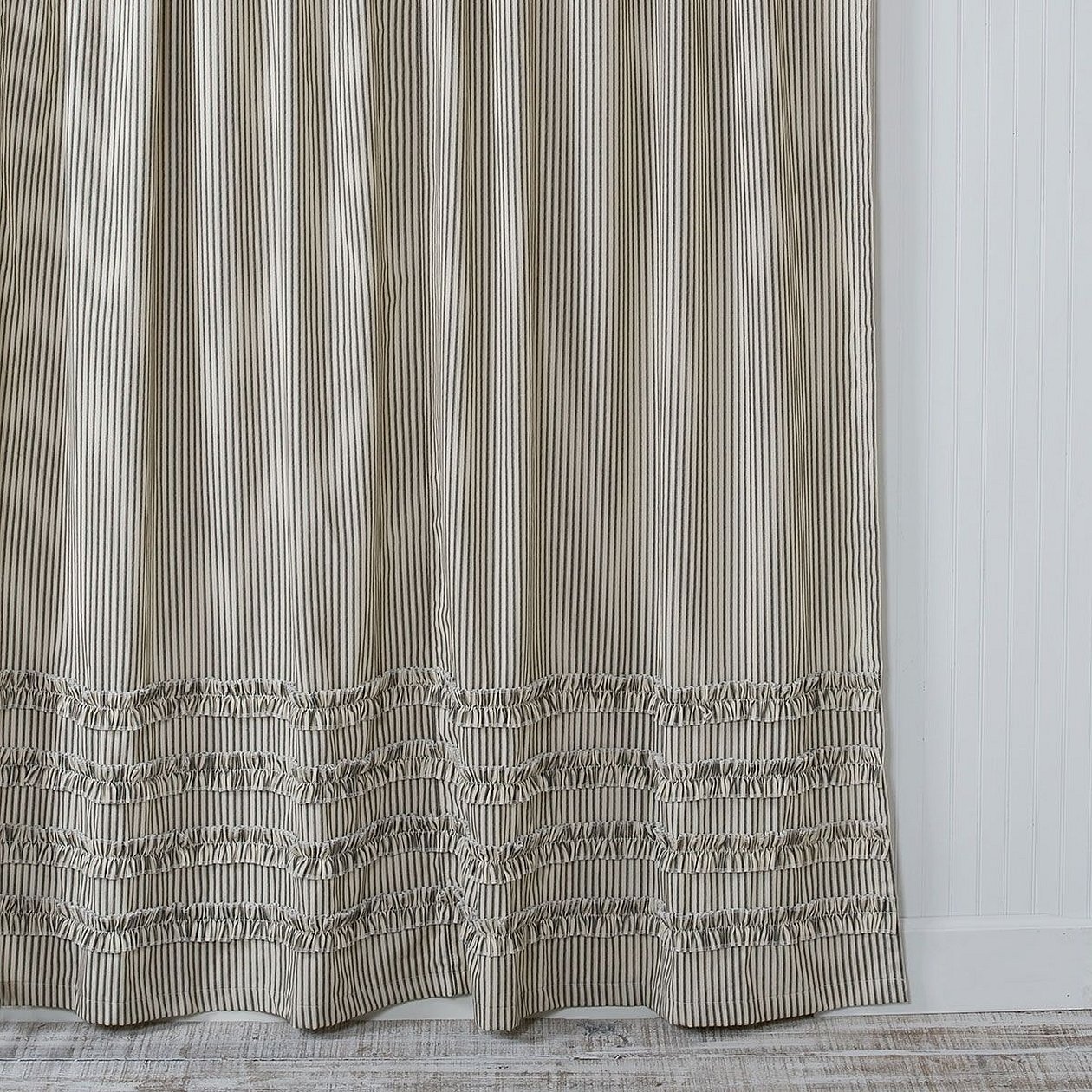
Application areas
Initially (back in the 20th century), teak was used exclusively as a mattress fabric. Surely everyone who lived in Soviet times remembers what striped mattresses were like in childhood. This was exactly the same mattress teak.
Attention: A little later, its density was reduced (which made it softer) and it began to be used in the manufacture of pillows. As for wear resistance, this quality has not deteriorated at all.
Tick cover, what is it? This is another popular product that can qualitatively protect a mattress or pillow.
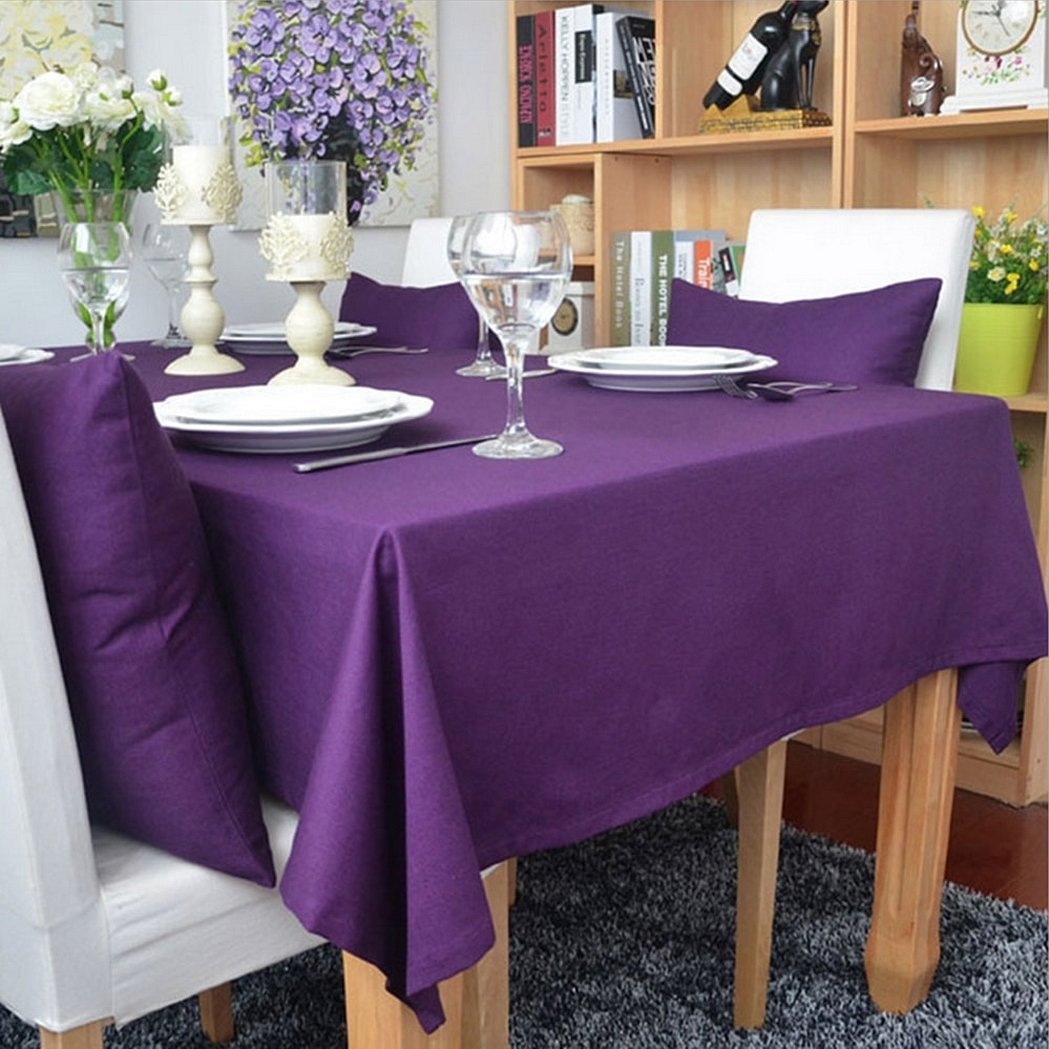
Today, manufacturers have managed to make teak even thinner and more delicate, which allows for a significant expansion of the material's application area. It is used to sew:
- tablecloths and napkins;
- curtains;
- curtains;
- bed linen and other household items;
- clothes (mostly work clothes, but there was a period when everyday trousers, skirts and suits were made from teak).
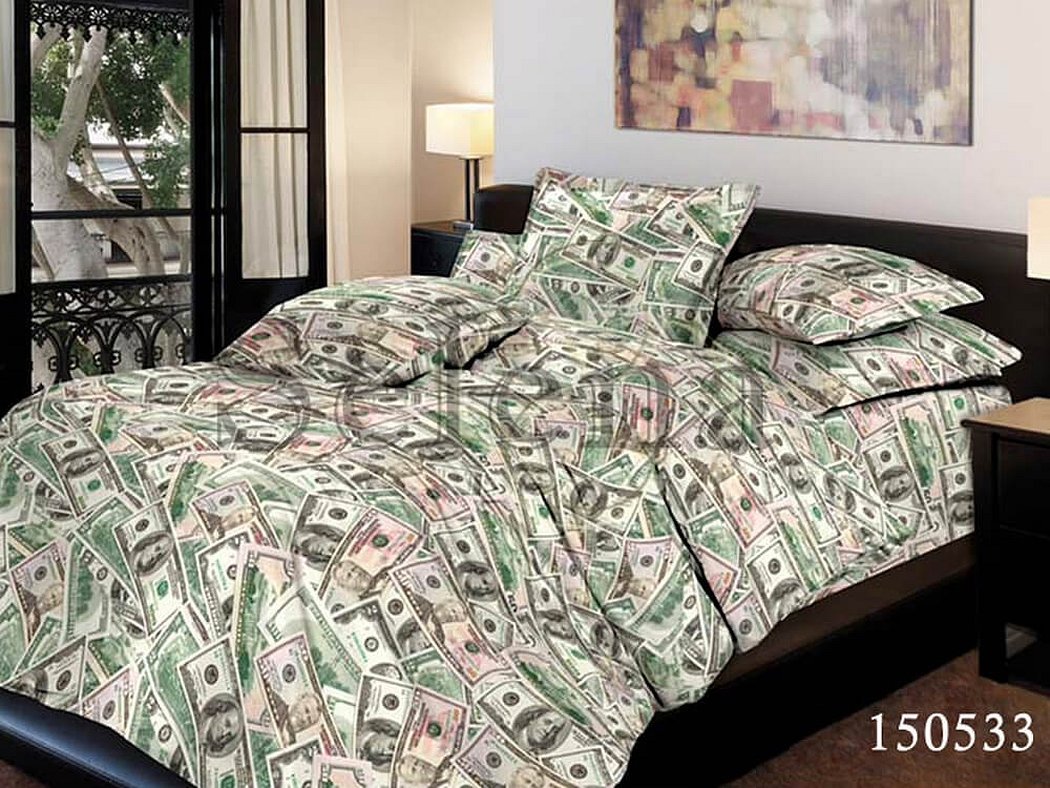
High-density material is used to produce high-quality awnings, tents, and covers.
This gives a good understanding of the material teak, what it is. Most likely, in every house there is a product made of teak.
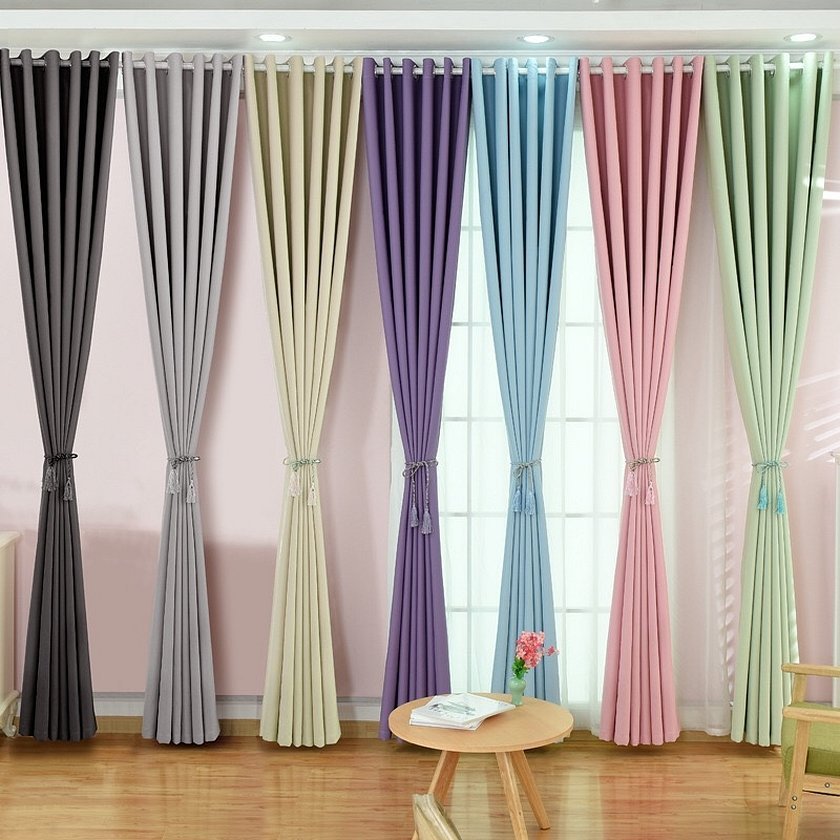
Advantages and disadvantages of teak fabric
Like any other material, teak has its strengths and weaknesses. Due to the fact that it is predominantly a natural fabric, the number of advantages is definitely greater:
- environmental friendliness;
- holds its shape well and does not deform;
- practicality;
- hypoallergenic;
- hygroscopicity;
- air permeability (which is very rare given the high density of products);
- strength and wear resistance.
However, weaknesses can also be identified;
- if the fabric requires special treatment, its air permeability will be significantly reduced;
- difficult to work with due to its high density, so it can only be trusted to experienced specialists;
- Due to the good water absorption properties of the product, it is recommended to dry it regularly.
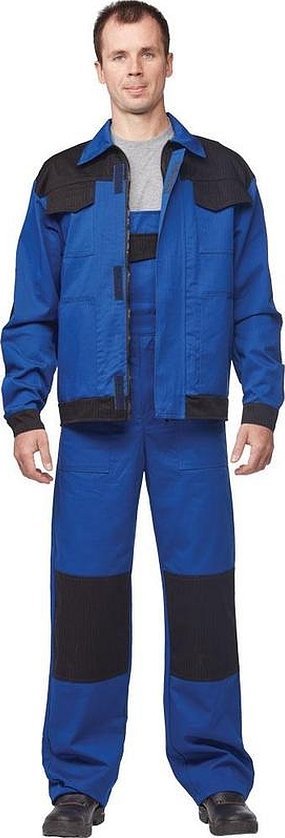
How to care for fabric
Tick is a very easy material to care for. Like any cotton fabric, it can be easily washed in a washing machine, and the mode is not important. It handles spinning (even at the highest speed) normally, does not fade in the sun and easily tolerates ironing.
Interesting: Fabrics with impregnation require a little more delicacy. Namely: they should not be soaked under any circumstances, so as not to damage the impregnation, not washed at high temperatures, not used bleach or other aggressive detergents.
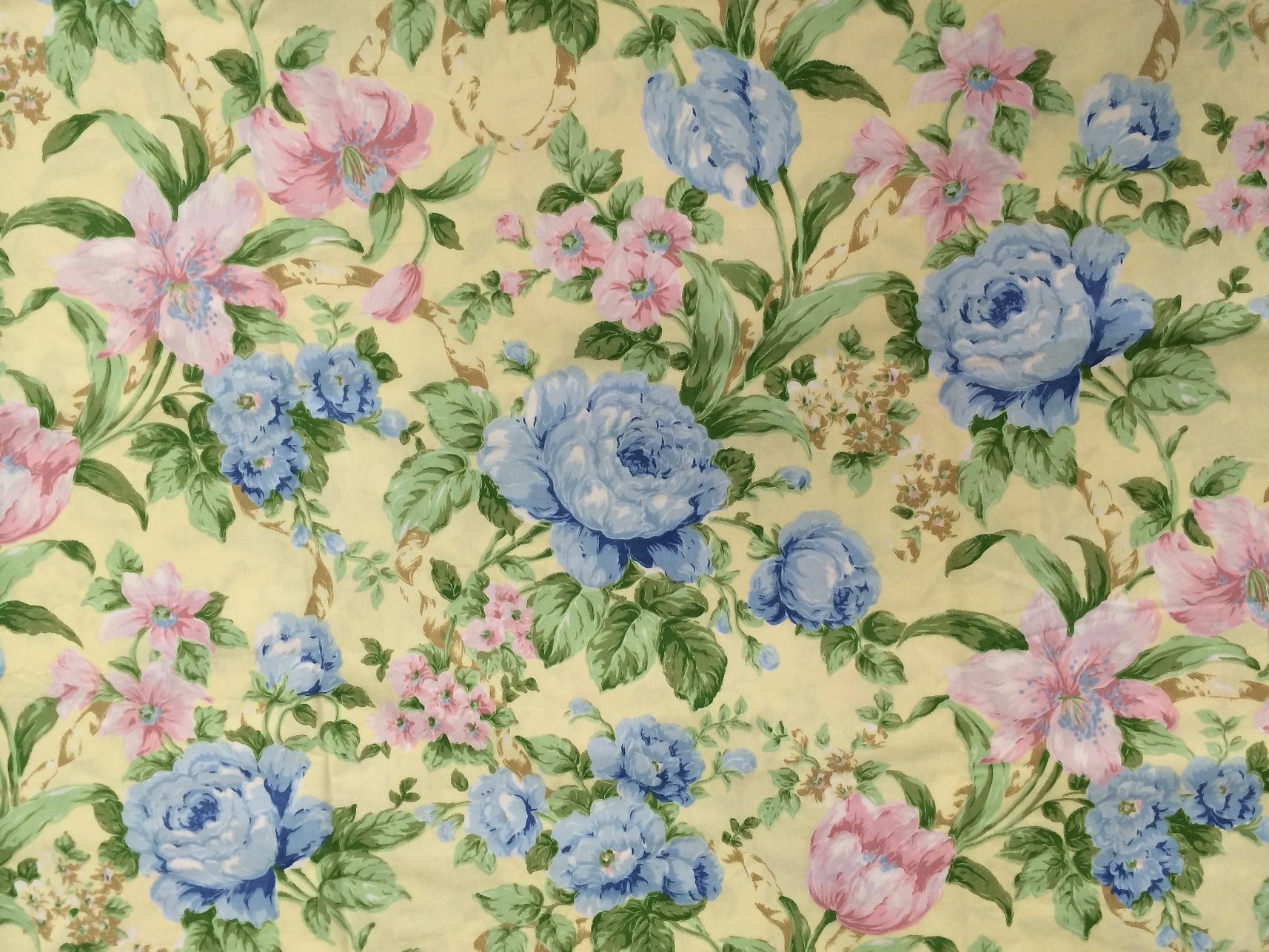
Teak is a very interesting fabric, which, due to its properties, is ideal for its intended purpose - sewing mattress covers, awnings, pillowcases, etc. Now it has gained such a level of popularity that craftsmen who know what teak is, are finding more and more new uses for it.

